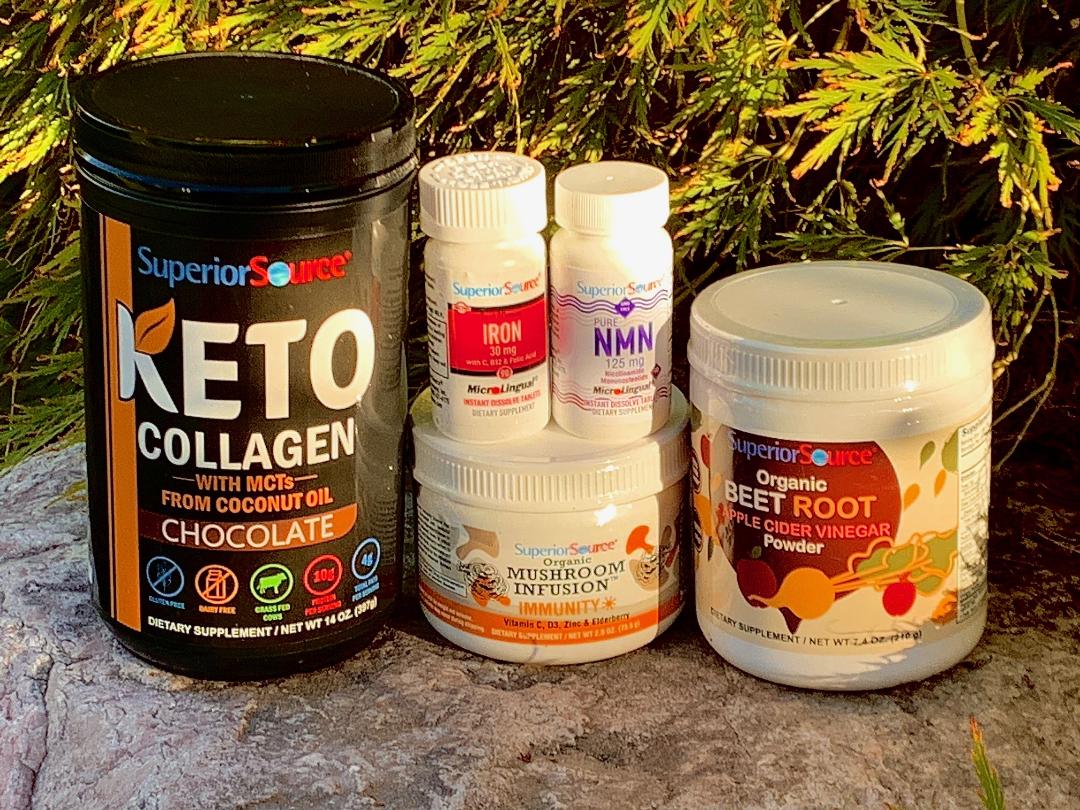How to Prevent Facial Aging
Our skin changes as we age. Age spots, wrinkles, and fine lines could start to appear. This is normal. However, occasionally we want to stop or postpone these aging symptoms. There are numerous things we can do to maintain the health and youth of our skin! Here, we'll look at some top strategies for delaying face aging. We'll also go through some of the most popular anti-aging procedures.
There are numerous things you may do to help in preventing facial aging. They fall into two categories: lifestyle decisions and medical treatments.
Lifestyle choices are things you can do every day to prevent facial aging. They include:
• Wear sunscreen every day. The sun's UV radiation can age you prematurely and harm your skin. Use sunscreen with an SPF of 30 or higher, even on cloudy days,
• Regular exfoliation will help your skin look younger and more vibrant by removing dead skin cells and promoting cell turnover.
• Moisturizing your skin to keep it soft and hydrated will help minimize the look of wrinkles and fine lines.
• Getting adequate rest. Getting enough sleep is crucial for general health and can help to make your skin look better. Try to get between seven and eight hours each night, and your skin will regenerate overnight.
• Adopt a balanced diet. A balanced diet can aid in enhancing the look of your skin. Eating plenty of fruits, vegetables, and whole grains should be a priority. Reducing your intake of processed foods and sugars will assist protect your skin from harm.
• Don't smoke. Smoking damages your skin and speeds up the aging process. Quitting smoking is one of the best things you can do for your skin if you smoke.
• Engage in physical activity regularly. Your skin can look healthier and have better blood circulation with exercise. Aim for a moderate daily workout of at least 30 minutes.
In contrast, medical interventions are those activities that require the help of a dermatologist or other medical professional. They can be divided into two main categories: surgery and injectables.
Surgery procedures include facelifts, brow lifts, and eyelid surgery, while injectables include procedures like Botox, fillers, and laser treatments.
What Should You Do Before Undergoing Medical Procedures?
i. Consult a board-certified dermatologist to see if the procedure suits you.
ii. Research the dermatologist and the procedure itself. Make sure that you are comfortable with both before moving forward.
iii. Have a realistic expectation of what the procedure can do for you. Don't expect to look like a completely different person afterward.
iv. Be prepared to take care of your skin post-procedure. This means following all of the instructions given to you by your doctor and using any recommended products.
What are Some of the Common Procedures?
i. Botox injections. Botox is a neurotoxin that can temporarily paralyze muscles. This is often used to smooth out wrinkles in the forehead and around the eyes. It typically lasts for three to six months.
ii. Dermal fillers. These are used to add volume to the face. They can be used to plump up lips, fill in under eye hollows, and soften wrinkles. Dermal fillers come in various forms, each with an exceptional range of qualities. They include:
1. Hyaluronic acid fillers. Hyaluronic acid is a substance that occurs naturally in the body. It helps to keep the skin hydrated and plump. Some of the most popular brands of hyaluronic acid fillers include Juvederm, Restylane, and Belotero.
2. Calcium hydroxyapatite fillers. Calcium hydroxyapatite is a mineral that is found naturally in the body. It is often used to correct facial volume loss and wrinkles around the nose and mouth.
3. Poly-L-lactic acid fillers. Poly-L-lactic acid is a synthetic substance used in medical implants for many years. It is often used to correct facial volume loss and wrinkles around the nose and mouth.
4. Fat grafting. This is a procedure in which fat is taken from one area of the body and injected into another. It can be used to add volume to the face, lips, and hands.
iii. Laser skin resurfacing. This involves removing the top layer of skin with a laser. As a result, wrinkles, fine lines, and scars may appear better. It can also help in balancing out skin texture and tone.
iv. Microdermabrasion. This exfoliation uses refined grains to remove the top layer of dead skin cells, improving the appearance of scars, wrinkles, and fine lines.
v. Chemical peels. Here, the top layer of the skin is removed using a chemical solution. This can help to lessen the appearance of fine lines, wrinkles, age spots, and sun damage and can aid in balancing out skin texture and tone.
vi. Facelifts. This surgical operation can help enhance the appearance of the face by tightening the skin and muscles. Additionally, you can utilize them to get rid of extra skin and fat.
vii. Eyelid surgery. This surgical technique, also known as blepharoplasty, can enhance the eyelids' appearance by tightening the skin and muscles.
What Risks are Involved?
i. Infections can occur at the injection site or in the skin's deeper layers.
ii. Allergic reactions can occur to the injected material or other substances used during the procedure, such as anesthetics.
iii. Nerve damage can cause temporary or permanent paralysis of muscles in the face.
iv. Skin necrosis. This rare complication can occur when the injected material damages the skin.
v. Bleeding and bruising are common side effects that usually resolve within a few days.
What Should You Do After Medical Procedures?
• It is essential to follow the post-operative instructions given to you by your surgeon. These instructions are meant to help ensure proper healing and avoid complications.
• It would be best to avoid exposure to the sun and extreme cold for at least a week after surgery and avoid strenuous activity for at least a week so that you don't put too much strain on the skin.
• It is essential to follow up with your surgeon for any scheduled appointments to allow them to monitor your healing process and ensure that everything is progressing as it should be.
Conclusion
Following the tips above can help keep your skin looking its best and prevent premature aging. Remember to research and consult a dermatologist or other skin care professional to find out the steps you can take to keep your skin healthy and looking its best.





